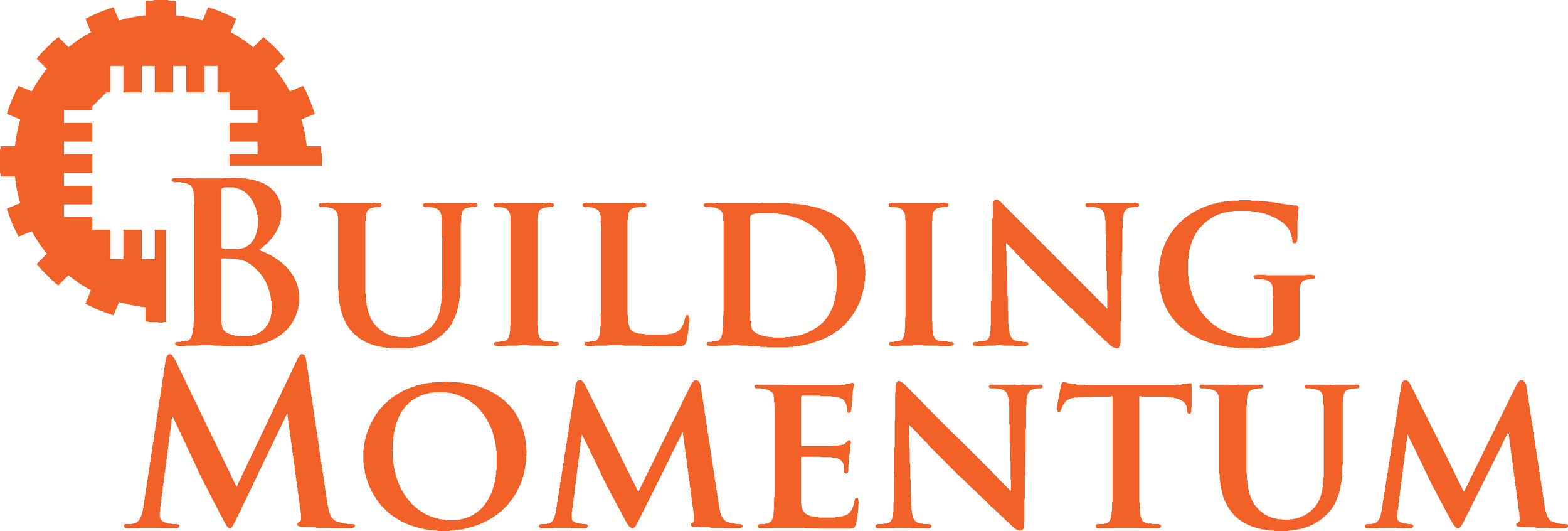Rage Against the Machines - An Argument for the Human Element
Innovation has become a bad word. Too often conflated with some cool piece of tech or a bunch of sticky notes in a conference room, the actual value of innovative moments is lost in the excitement of the end result. The press release and ship date of the technology signifies the end of a creative process. Industry tends to hold up the shiny object and heralds it as ingenuity and innovation. This fanfare couldn’t be further from the truth. The technology may be rendered irrelevant this week or the next and it certainly should not be goal of innovators. The end technology should simply be a byproduct of a culture of true innovation. It is people with diverse backgrounds, passion for problem solving, and empowered voices coming together to invent a new technology or process that is the real value, the enduring innovation. The constant, practiced process of innovation by these teams is the true value added.
Industrial resilience is fundamental to weathering future unknowns. The pandemic illustrated how poorly industry and government can adapt to new realities. This is largely because of how companies and organizations focus efforts on creating the end result of a creative process, on producing the widget or service. The spigot of innovation only gets turned on when a new widget or service is required and then turned back off. This cultural behavior is shortsighted and corrodes industrial resilience. Instead, companies and government need to invigorate diverse staff to proactively solve current and future problems. Practice and iteration of a problem-solving-empowered culture will maintain organizational vibrancy and position companies and government to be more adaptable, a trait extremely important when the world goes sideways.
By Brad Halsey - CEO/Co-Founder
